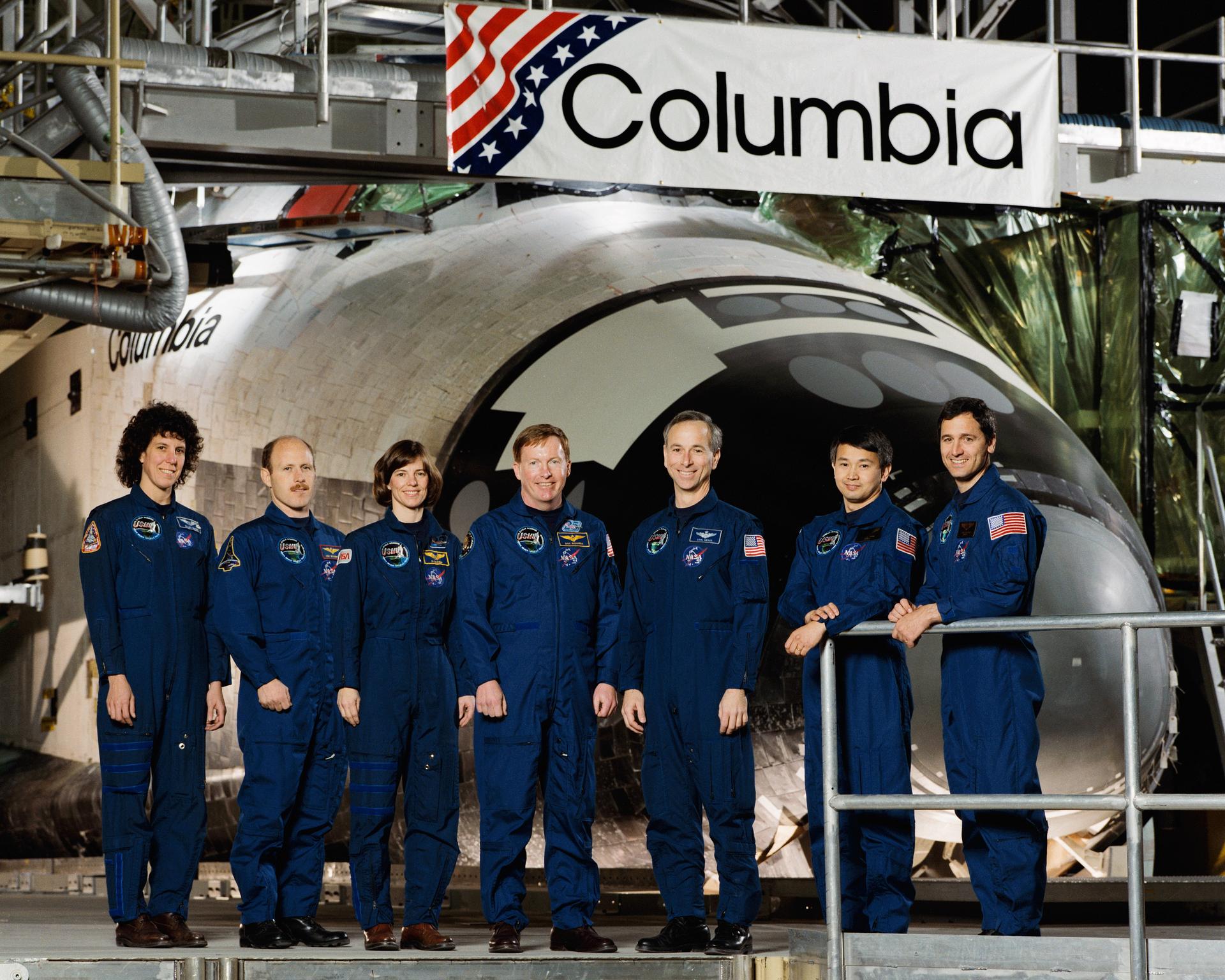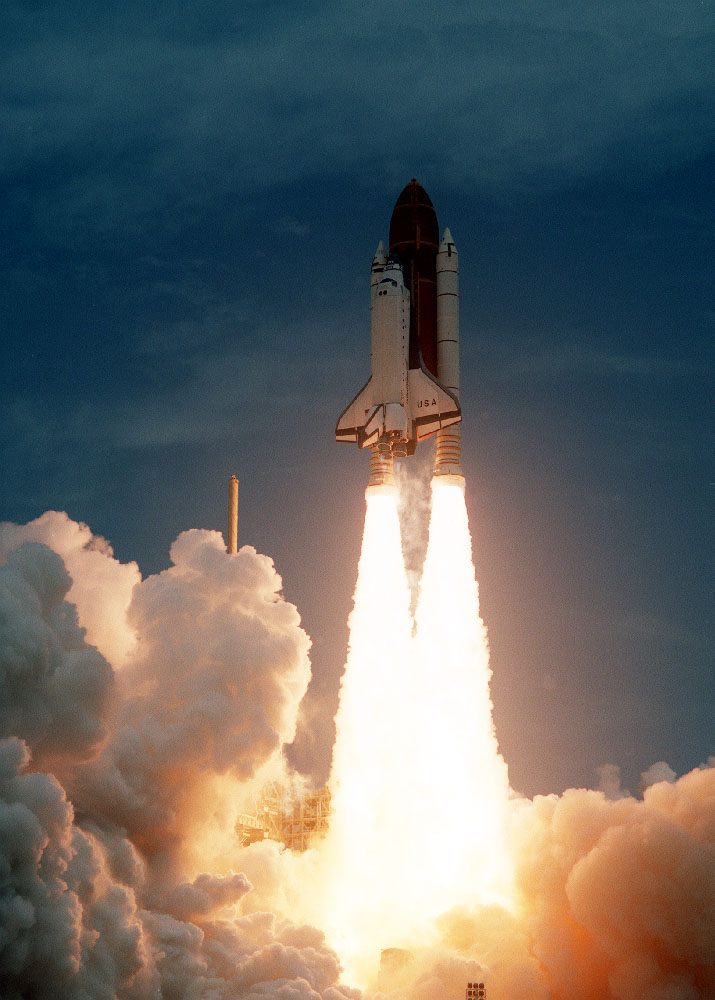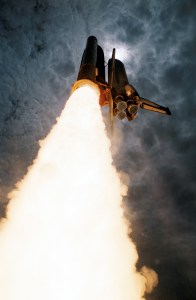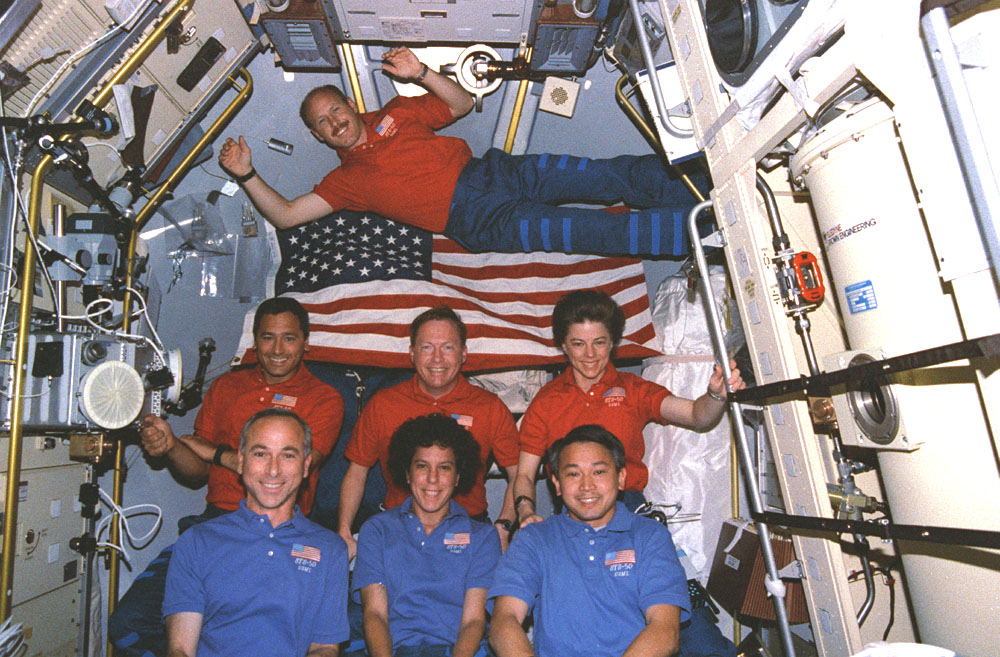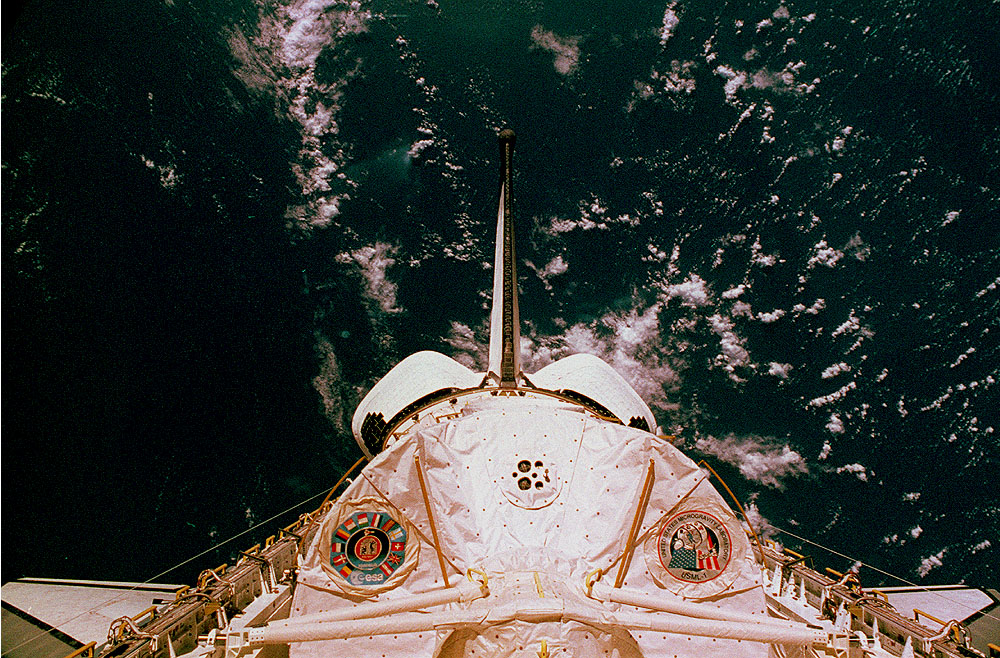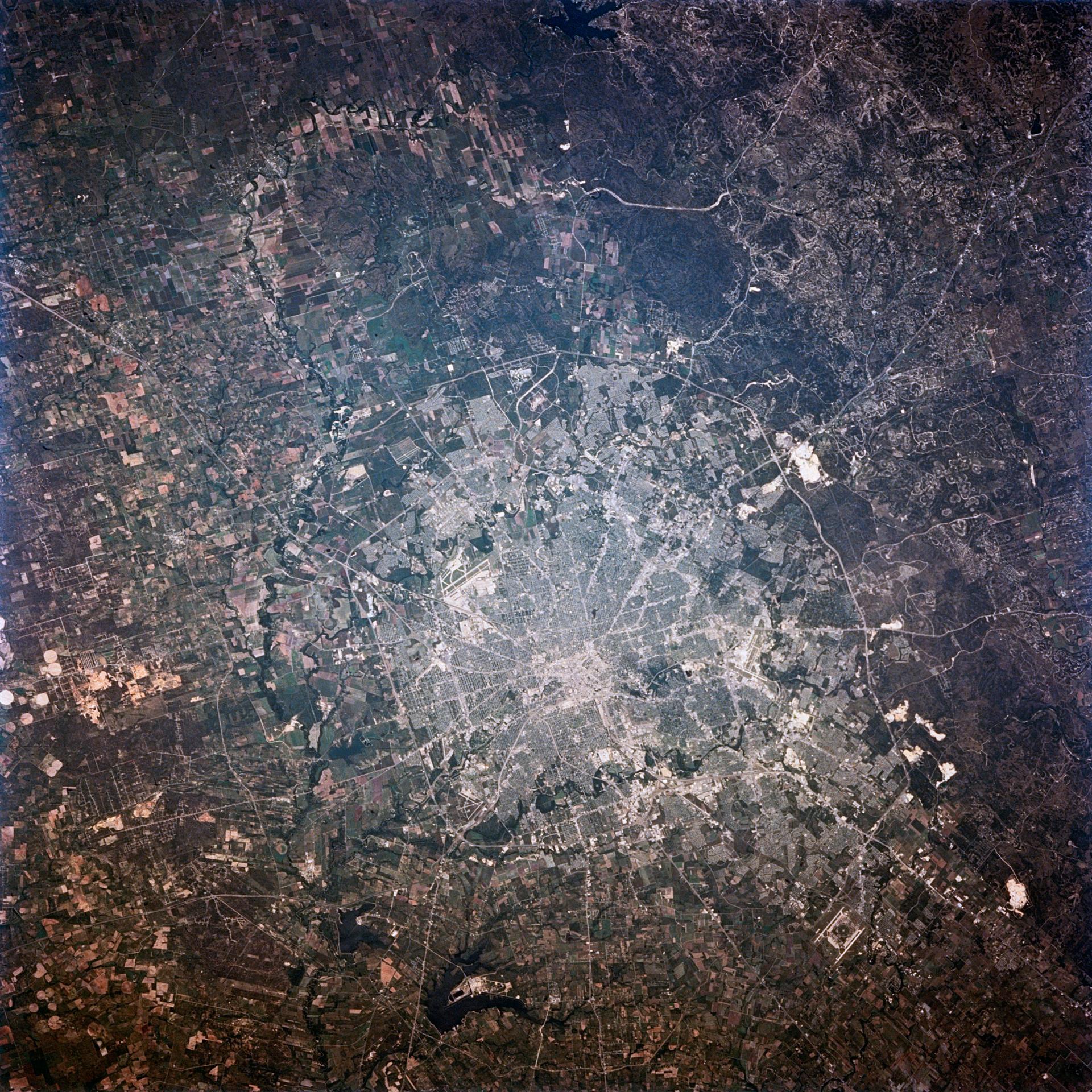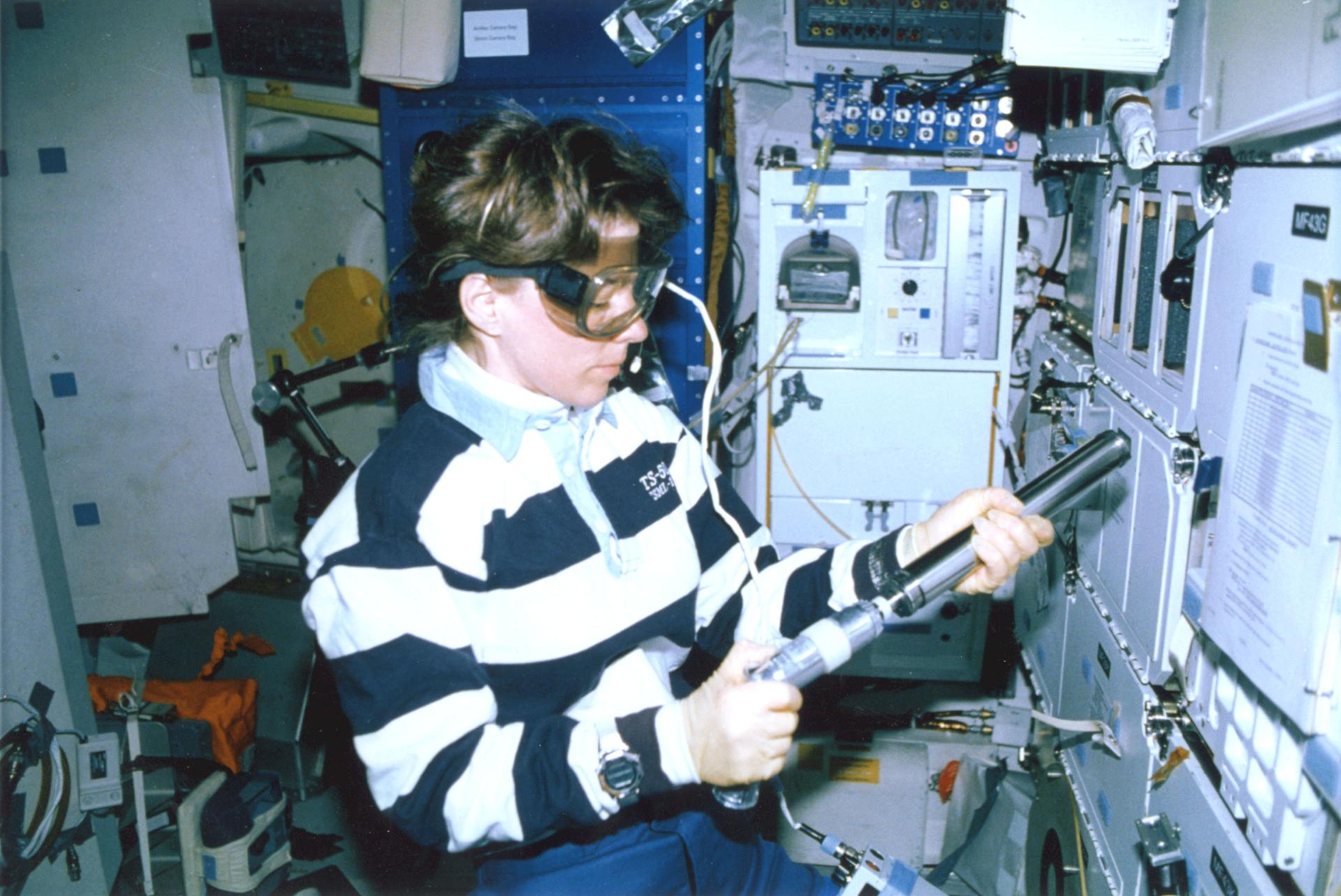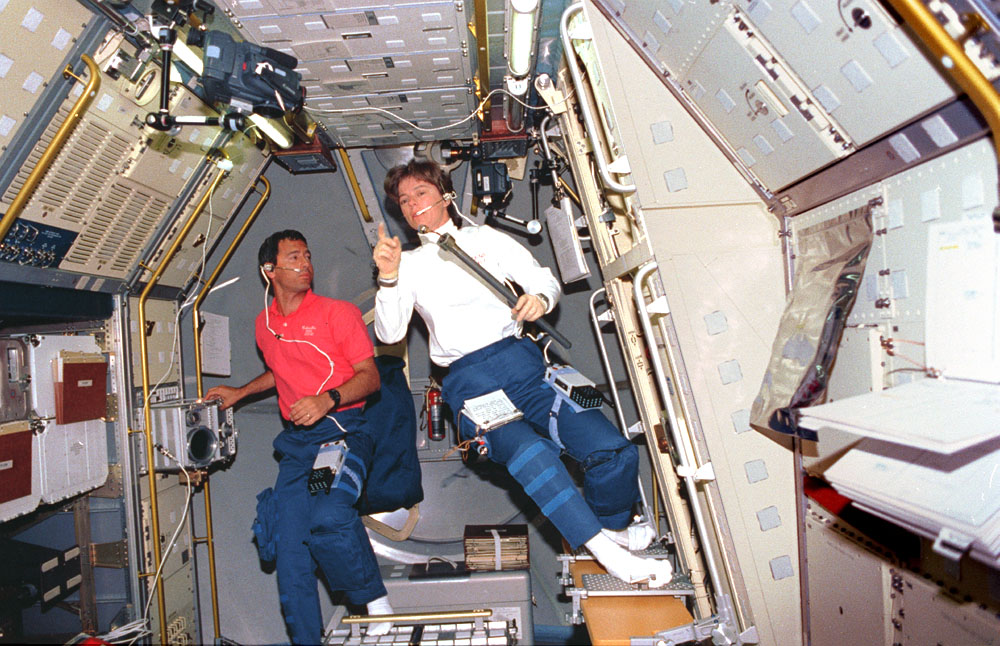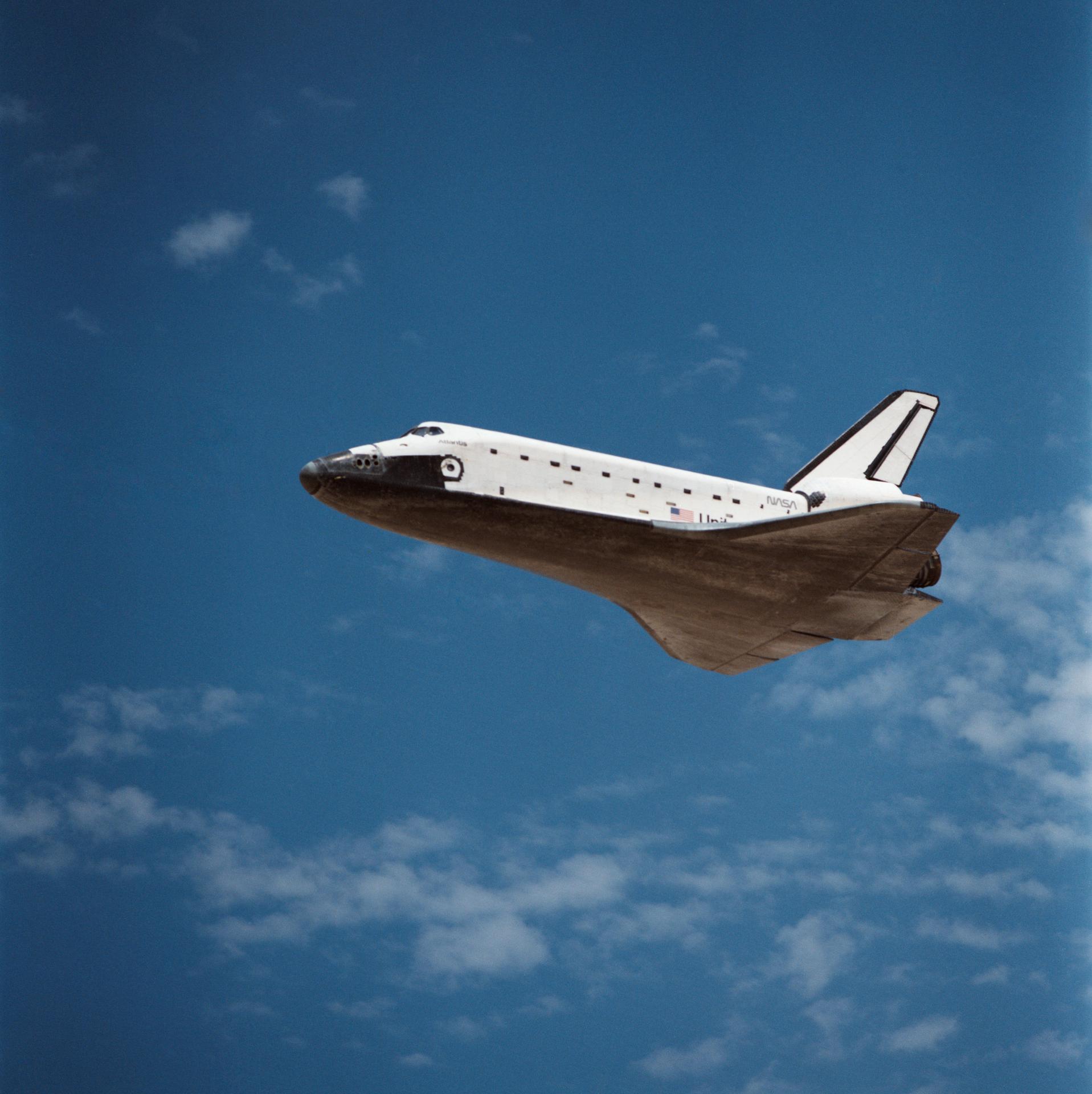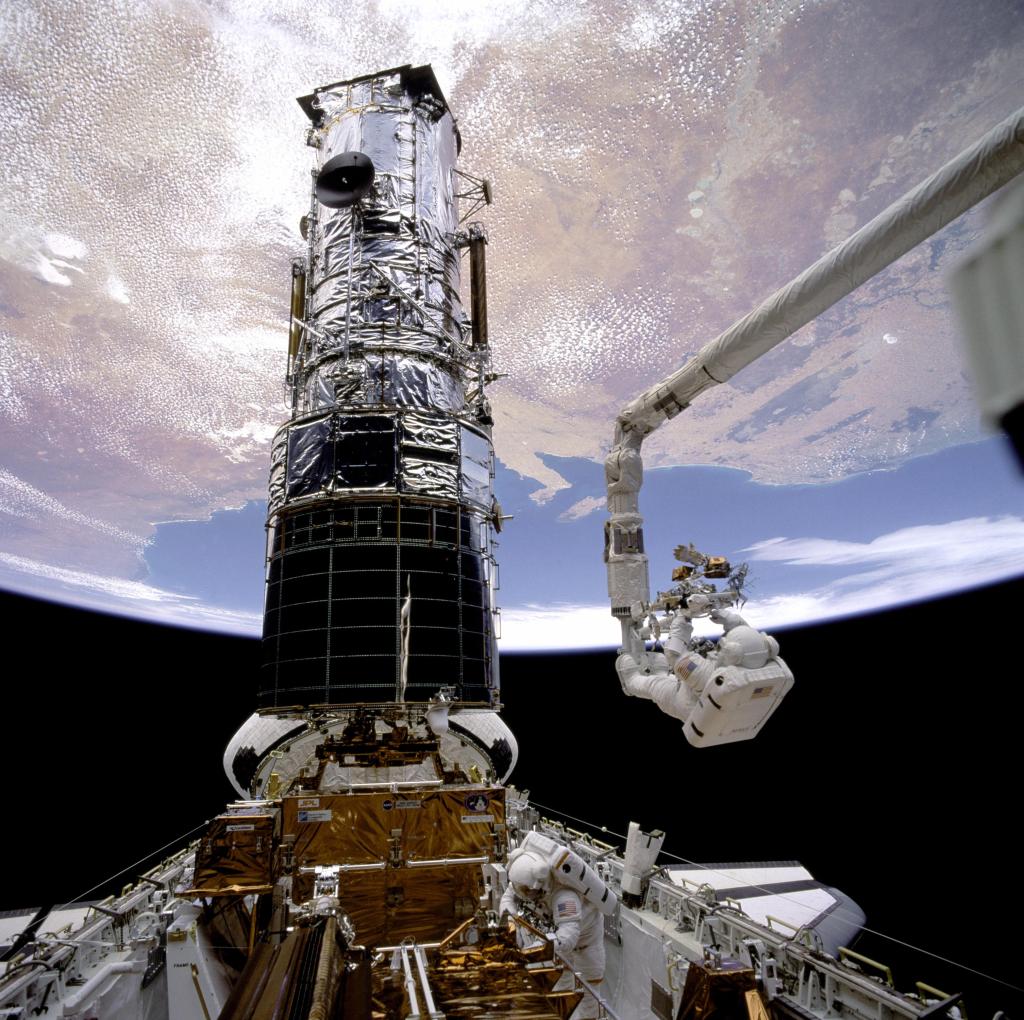
STS-50
The primary payload was the United States Microgravity Laboratory-I (USML-1), a manned Spacelab module with a connecting tunnel to the orbiter crew compartment.
orbiter
mission duration
Launch
Landing
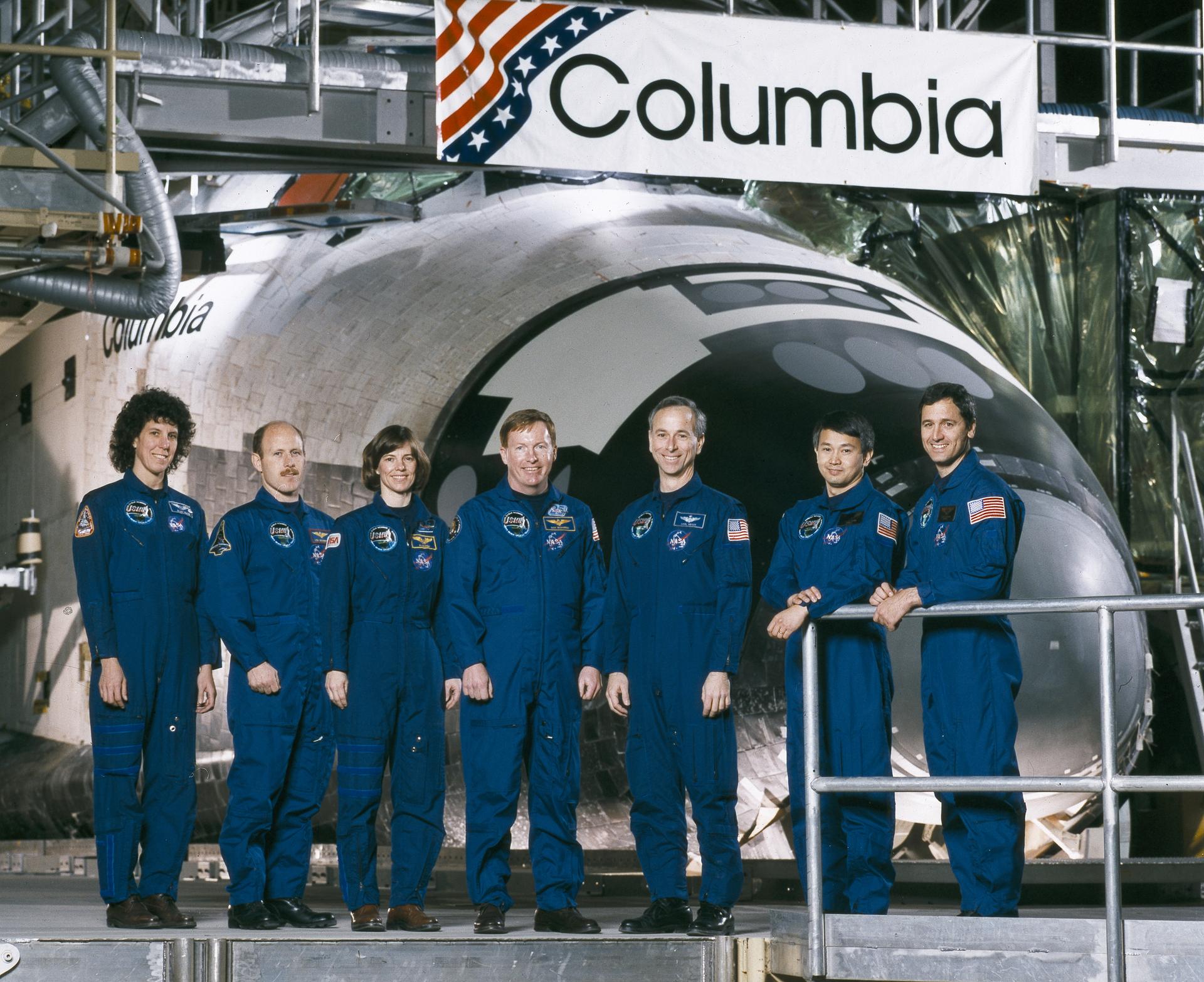
STS-50 Mission Facts
Mission: USML-1
Space Shuttle: Columbia
Launch Pad: 39A
Launch Weight: 257,265 pounds
Launched: June 25, 1992, 12:12:23 p.m. EDT
Landing Site: Kennedy Space Center, Florida
Landing: July 9, 1992, 7:42:27 a.m. EDT
Landing Weight: 228,127 pounds
Runway: 33
Rollout Distance: 10,674 feet
Rollout Time: 59 seconds
Revolution: 221
Mission Duration: 13 days, 19 hours, 30 minutes, 04 seconds
Orbit Altitude: 160 nautical miles
Orbit Inclination: 28.45 degrees
Miles Traveled: 5.8 million
Crew
Richard N. Richards, Commander
Kenneth D. Bowersox, Pilot
Bonnie J. Dunbar, Mission Specialist
Ellen S. Baker, Mission Specialist
Carl J. Meade, Mission Specialist
Lawrence J. DeLucas, Payload Specialist
Eugene H. Trinh, Payload Specialist
Mission Highlights
The primary payload was the United States Microgravity Laboratory-I (USML-1), a manned Spacelab module with a connecting tunnel to the orbiter crew compartment. USML-1 was a national effort to advance microgravity research in a broad number of disciplines. The 13 day mission, the first Extended Duration Orbiter flight and the longest space shuttle mission to date, also provided new information on the effects of long-term human stay in space. Experiments conducted were: Crystal Growth Furnace (CGF), Drop Physics Module (DPM), Surface Tension Driven Convection Experiment (STDCE), Zeolite Crystal Growth (ZCG), Protein Crystal Growth (PCG), Glovebox Facility (GBX), Space Acceleration Measurement System (SAMS), Generic Bioprocessing Apparatus (GBA), Astroculture-1 (ASC), Extended Duration Orbiter Medical Project (EDOMP), and Solid Surface Combustion Experiment (SSCE).
Secondary experiments included Investigation in Polymer Membrane Processing (IPMP), Shuttle Amateur Radio Experiment II (SAREX-II), and Ultraviolet Plume Instrument (UVPI).
STS-50
Shuttle News
Retired Space Shuttle Locations
Shuttle Atlantis – Kennedy Space Center Visitor Complex Shuttle Discovery – Steven F. Udvar-Hazy Center Shuttle Endeavour – California Science…
Read the Story

























